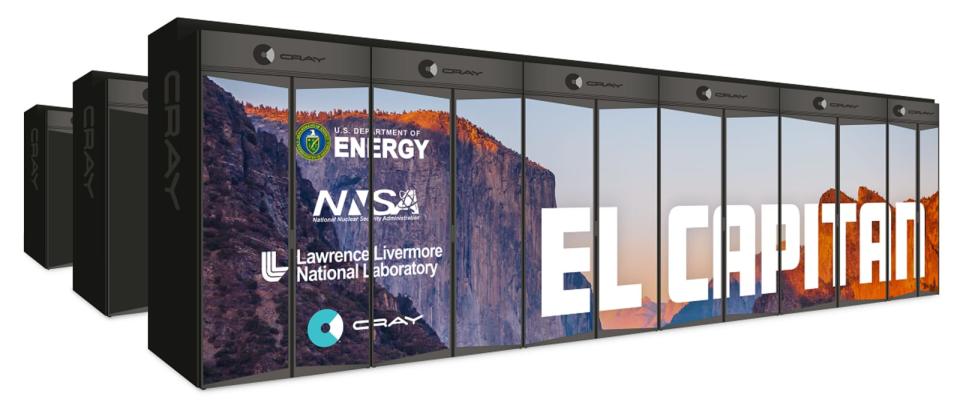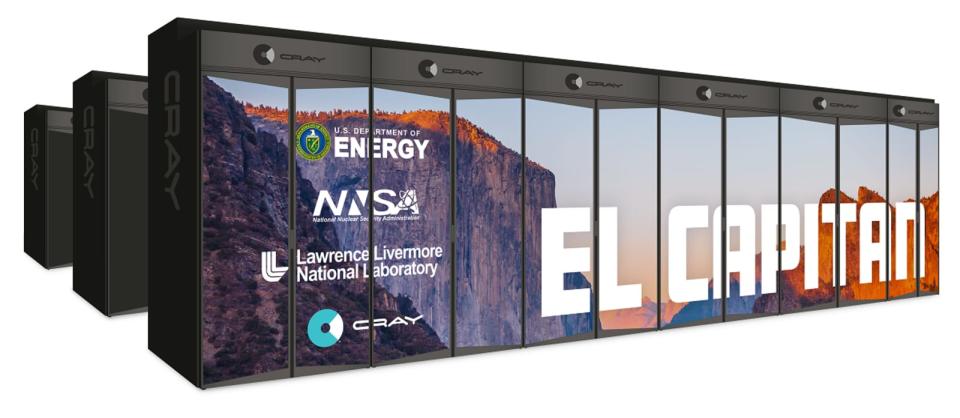Cray is building a supercomputer to manage the US' nuclear stockpile
'El Capitan' can perform 1.5 quintillon calculations a second.
Supercomputers are used for everything from mapping weather patterns to developing medicine –- now, they're looking after the nation's nuclear stockpile. The US Department of Energy (DOE) and National Nuclear Security Administration (NNSA) have announced they've signed a contract with Cray Computing for the NNSA's first exascale supercomputer, "El Capitan."
El Capitan's job will be to will perform essential functions for the Stockpile Stewardship Program, which supports US national security missions in ensuring the safety, security and effectiveness of the nation's nuclear stockpile in the absence of underground testing. Developed as part of the second phase of the Collaboration of Oak Ridge, Argonne and Livermore (CORAL-2) procurement, the computer will be used to make critical assessments necessary for addressing evolving threats to national security and other issues such as non-proliferation and nuclear counterterrorism.
As you can probably imagine, that's an enormous and multi-layered remit, which is why they need such a massive computer. El Capitan will have a peak performance of more than 1.5 exaflops -- which is 1.5 quintillion calculations per second. It'll run applications 50 times faster than Lawrence Livermore National Laboratory's (LLNL) Sequoia system and 10 times faster than its Sierra system, which is currently the world's second most powerful super computer. It'll be four times more energy efficient than Sierra, too.
"NNSA is modernizing the Nuclear Security Enterprise to face 21st century threats," said Lisa E Gordon-Hagerty, DOE undersecretary for nuclear security and NNSA administrator. "El Capitan will allow us to be more responsive, innovative and forward-thinking when it comes to maintaining a nuclear deterrent that is second-to-none in a rapidly-evolving threat environment." The $600 million El Capitan is expected to go into production by late 2023.


